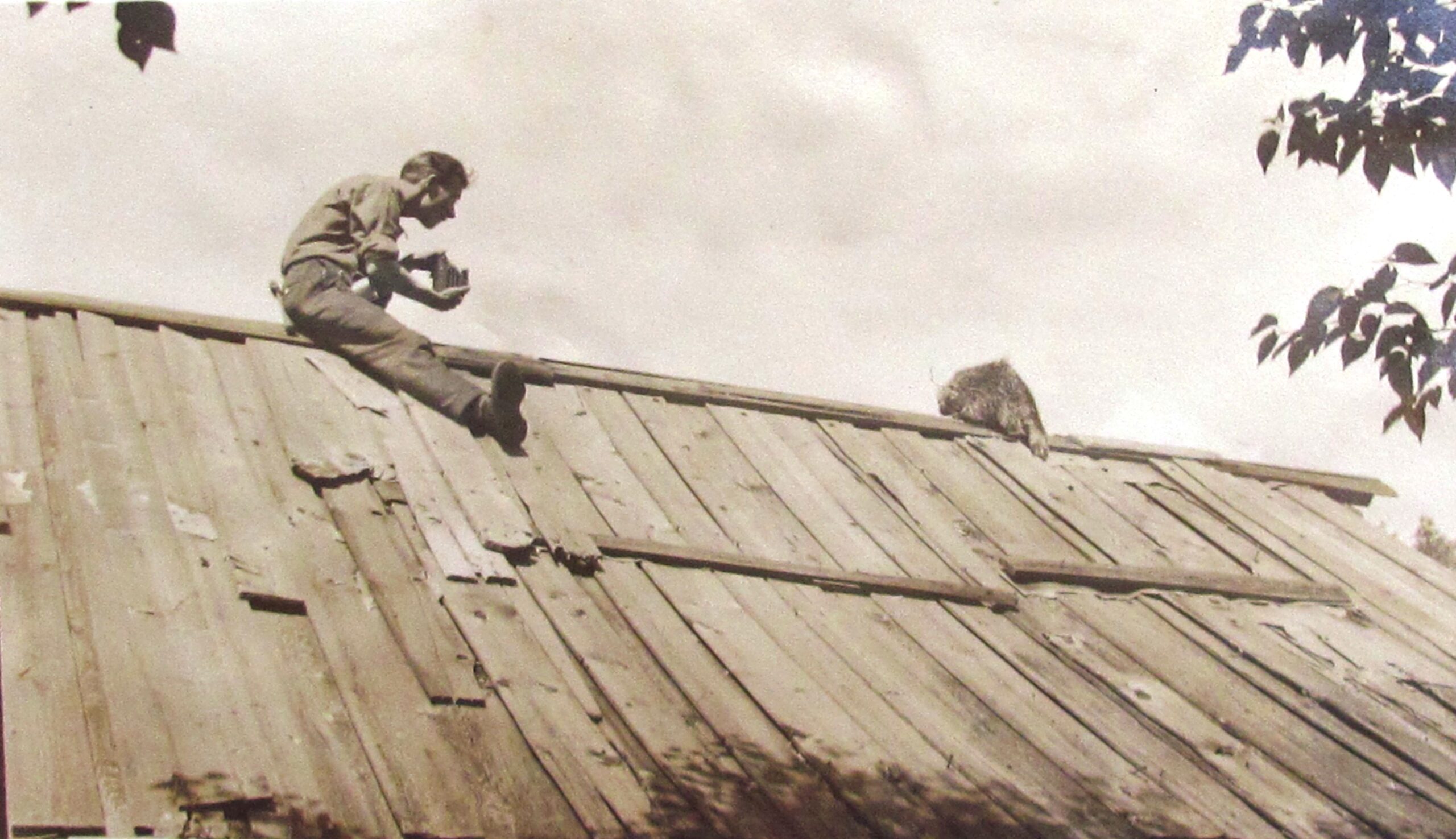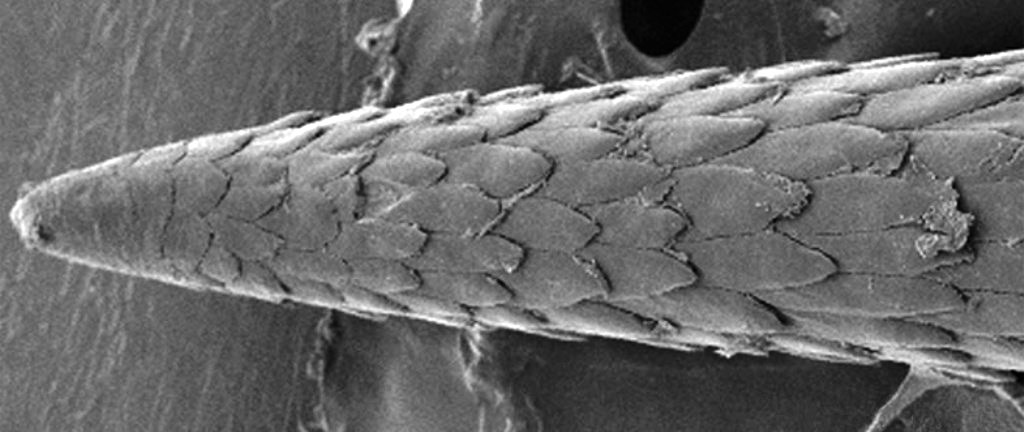
Quills
I have some experience with hedgehogs and quills. Growing up we had beagles for rabbit hunting. It wasn’t uncommon for a young, inexperienced beagle to get quilled.
From my most recent article I repeat this paragraph about the Manchester panther.
“THOMPSON’S VERMONT APPENDIX 1853
“In taking off the skin, the head, neck and inner sides of the fore legs were found very much filled with Hedge-Hog quills, which, in many cases, had passed entirely through the skin and were deeply embedded in the flesh.”
This paragraph really bothered me. This animal suffered terribly. The quills migrated deeper and deeper as time passed. It got me to thinking about what Dad taught me.
Quills vary in length and color. Three inches long is probably average. What I call a hedgehog, others call a porcupine. Hedgehogs are covered with quills. The business end of a quill has hundreds of sharp barbs. These barbs protrude off the quill at a reverse angle. This makes them very painful to remove. Imagine a modern barbed fish hook embedded in the palm of your hand. Now imagine it had to be extracted from whence it came. A beagle could have as many as 30 quills in its mouth, nose, and tongue.
When one of our dogs got quilled, I would sit on top of it and hold it down. With a pair of scissors, Dad clipped off the tips of the quills. Then, with pliers, Dad pulled each quill. All the while we sympathetically said, “Good girl, Heidi.”
Quills are hollow and filled with air. By clipping the tips off the quills, the air escapes, somewhat deflating the quill, making quills a little less painful to pull. Still, it is so painful that dogs never forgot the experience. Very few dogs would ever attack a hedgehog again. Woe to the beagle that did.
Dad explained to me what could happen if we did nothing. A quill will continue to work its way deeper if not removed. This is confirmed in the Manchester panther. Dad said a quill could work along the snout of a beagle, and end up piercing an eye or brain. It was crucial all quills were removed.
When we thought we had all the quills, we would take our fingers and pass them over the snout and chin, feeling. If you had missed a quill, you would find it this way.
For some reason, Dad named every female beagle we had Heidi. I remember one male beagle with AKC papers. His name was Mickey Finn. Mickey was a slow learner.
Our best beagles came from John Maranville up in East Wallingford. He raised, trained, and sold beagles. John had a reputation for the best dogs.

Hillary
Hillary was a secondhand dog from Springfield Humane Society. She was a shepherd/beagle mix. She loved to hunt. We spent many days in the woods.
About 25 years ago, Linda and I were snowshoeing deep behind my place. As usual, Hillary would run off great distances, but she always came back after 45 minutes or so to check on us. When Hillary returned this day, she had a face full of quills.
We came home. I sat on her, cut the quill tips off, and with pliers, pulled the quills one at a time. Today I would take a dog to the vet.
A baby porcupine
Recently at Kendall church we got to talking about hedgehogs and quills. Lee told us about a baby porcupine he once found. He said it was about the size of a peach or pear. Its quills were not yet fully developed. Lee said the quills were prickly, but wouldn’t puncture the skin.
Mi’kmaq quill boxes
In the antiques business I learned about quill boxes decades ago. Native Americans used quills to decorate objects. I have seen and owned what we call “quill boxes” in my trade. Quill boxes were an East Coast woodland Indian creation.
I have seen small dresser boxes, sometimes made of sweet grass, with the lid decorated with quills. I was always told they were Mi’kmaq Indian from Maine. The Mi’kmaq sold these quill boxes to tourists a hundred years ago.
Most often quills are laid parallel to each other, but sometimes the crafter made geometric patterns, carefully selecting colors. They can be beautiful.
And then there’s the 1950s reintroduction of the fisher cat, and why. That’s another story.